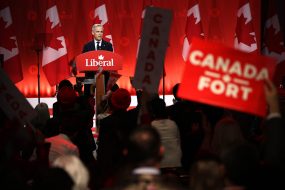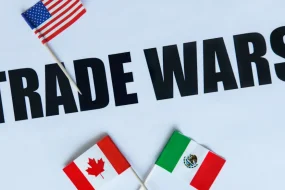
In recent years, U.S. elections have become increasingly expensive, with billions of dollars flowing into political campaigns. This trend raises questions about the factors contributing to such high costs and the implications for democracy. Here, we explore the reasons behind the skyrocketing expenses of U.S. elections.
The Record-Breaking Price Tags
The 2020 presidential election set a new benchmark, costing nearly $14 billion. This is double the amount spent in the previous election cycle. This figure included approximately $6.6 billion for the presidential race and $7.2 billion for congressional contests. Others alongside an additional $2.5 billion spent on state elections and ballot measures. The 2024 election is projected to surpass these figures, with estimates total political advertising may reach $10.7 billion.
The Role of Super PACs and Dark Money
One of the significant factors driving up campaign costs is the influence of Super PACs and dark money. Following the 2010 Supreme Court ruling in Citizens United v. FEC, Super PACs were allowed to raise unlimited funds from individuals, corporations, and unions to support candidates. As long as they did not coordinate directly with campaigns. This leads to wealthy donors and organizations, often without transparency regarding the sources of these funds.

In the current election cycle, Super PACs have raised billions. Reports indicate that 150 billionaire families contributed approximately $1.9 billion to PACs supporting candidates, marking a 60% increase from the 2020 cycle. This influx of cash allows campaigns to spend lavishly on advertising, outreach, and other campaign activities.
The Impact of Digital Media
The explosion of digital media has transformed how campaigns reach voters, contributing to increased spending. Candidates now invest heavily in targeted advertising across various platforms, including social media, streaming services, and traditional television. The ability to micro-target specific demographics has made digital advertising a crucial component of campaign strategies, leading to higher overall costs.

For instance, the Democratic National Committee has spent significant sums on high-profile advertising placements, such as flying banners over NFL games to capture the attention of undecided voters in key swing states. This kind of targeted spending exemplifies how campaigns are willing to invest heavily to sway critical voter segments.
Fundraising Strategies and Small Donors
Campaigns have also adapted their fundraising strategies to tap into small donor contributions, which have become increasingly important. The ease of online donations has enabled candidates to mobilize grassroots support, with many individuals contributing multiple times throughout the campaign. For example, Kamala Harris’s campaign raised an impressive $1 billion in just three months, showcasing the power of small-dollar donations.
However, while small donors play a vital role, the overwhelming influence of large contributions from wealthy individuals and PACs remains a significant concern. The disparity in fundraising capabilities between candidates can lead to an uneven playing field, where those with access to affluent donors have a distinct advantage.
The Future of Campaign Financing
As the cost of U.S. elections continues to rise, the debate over campaign finance reform intensifies. Many advocate for stricter limits on contributions and greater transparency to ensure that elections reflect the will of the people rather than the interests of a wealthy few. While some state-level initiatives aim to balance the scales, comprehensive federal reform has yet to gain traction.

The implications of these high costs are profound, as they raise questions about the integrity of the electoral process and the extent to which money influences political outcomes. As we approach the next election cycle, understanding the dynamics of campaign financing will be crucial for voters and policymakers.
Follow for more on Lifetips.blog












